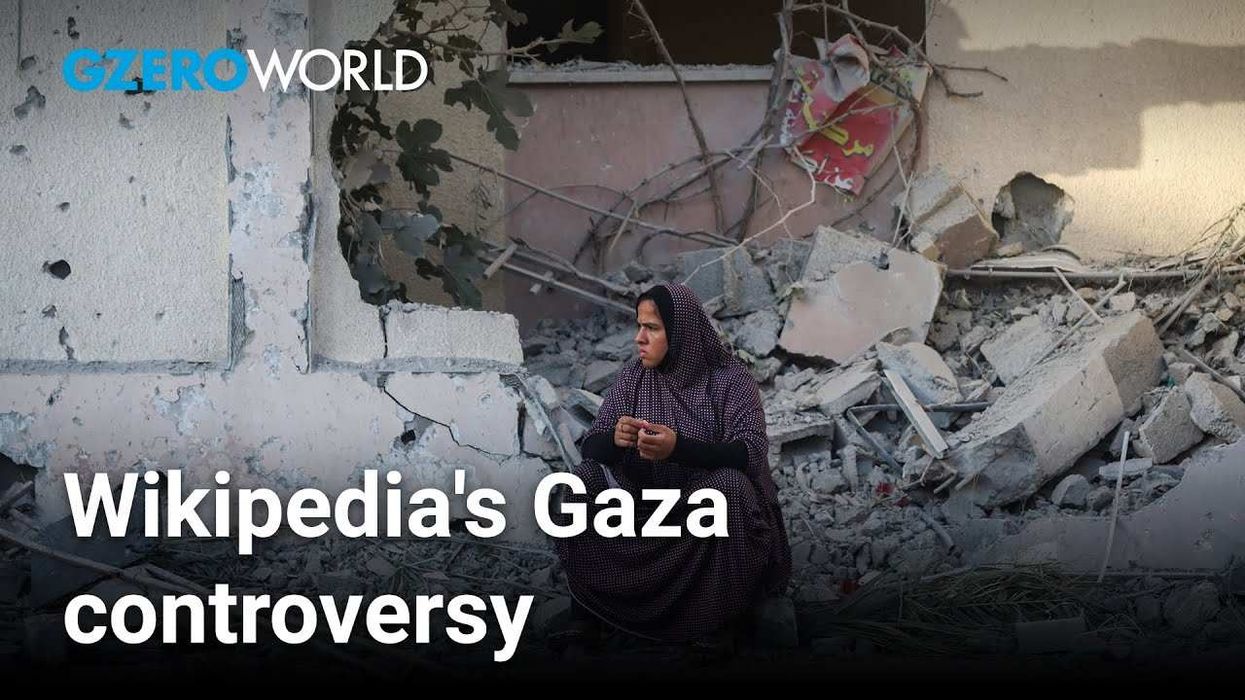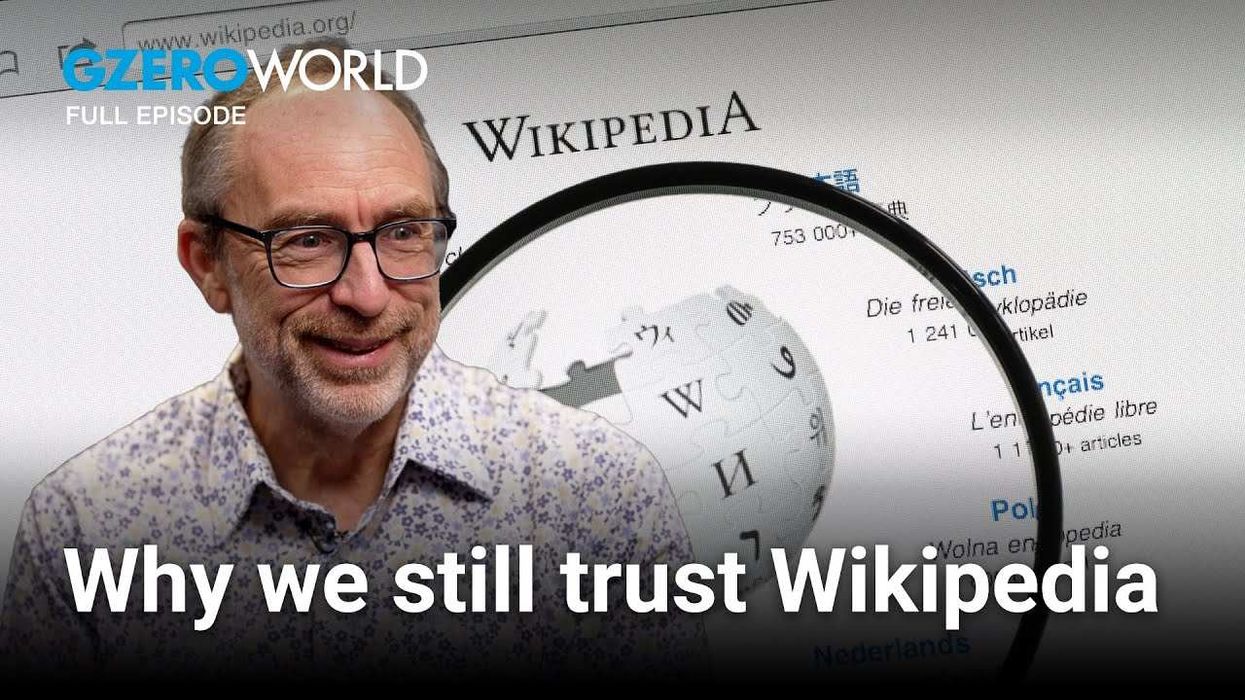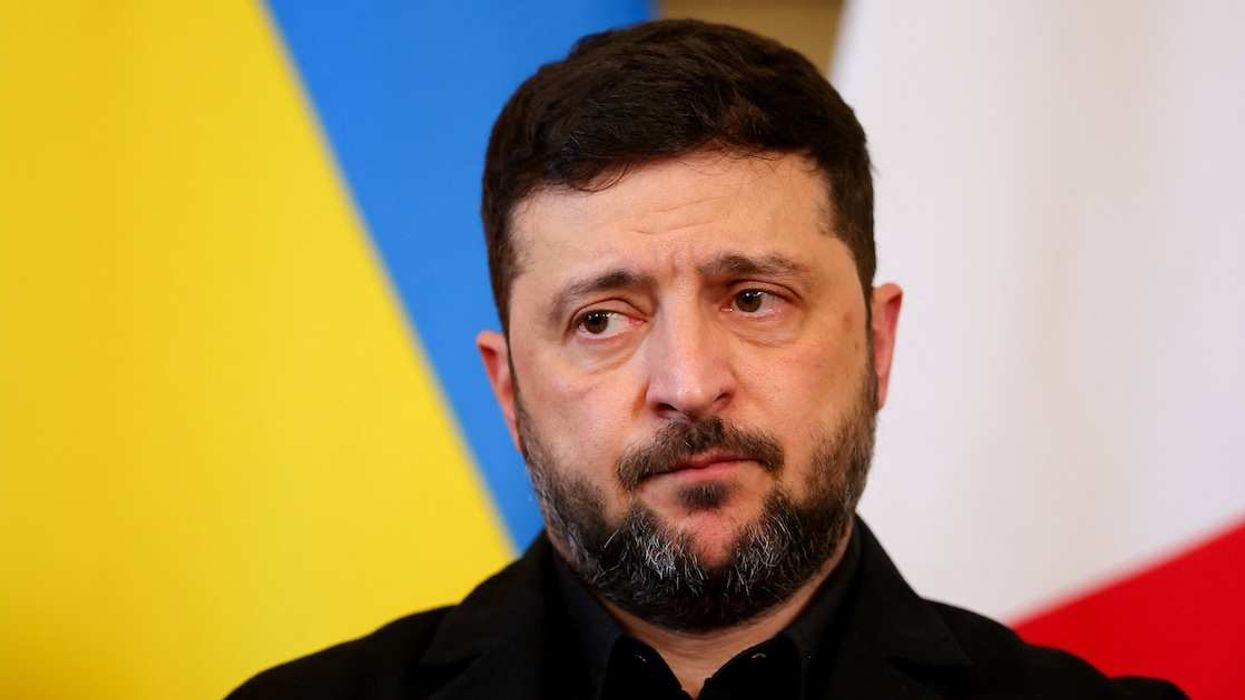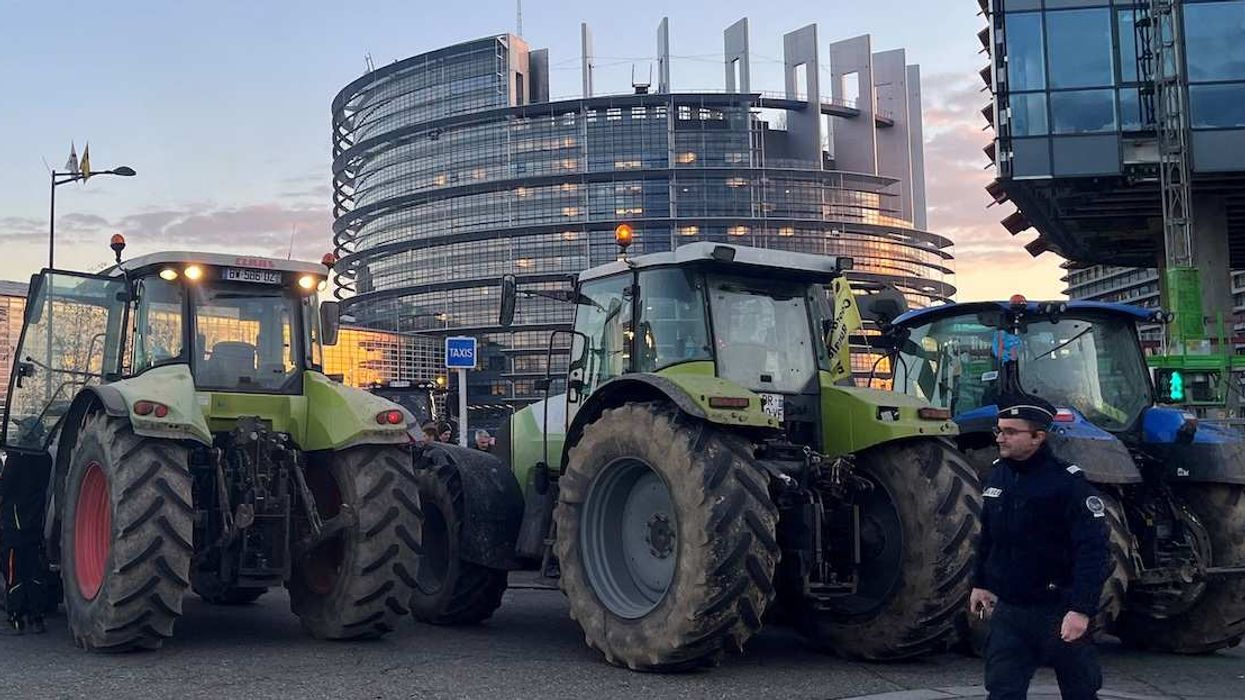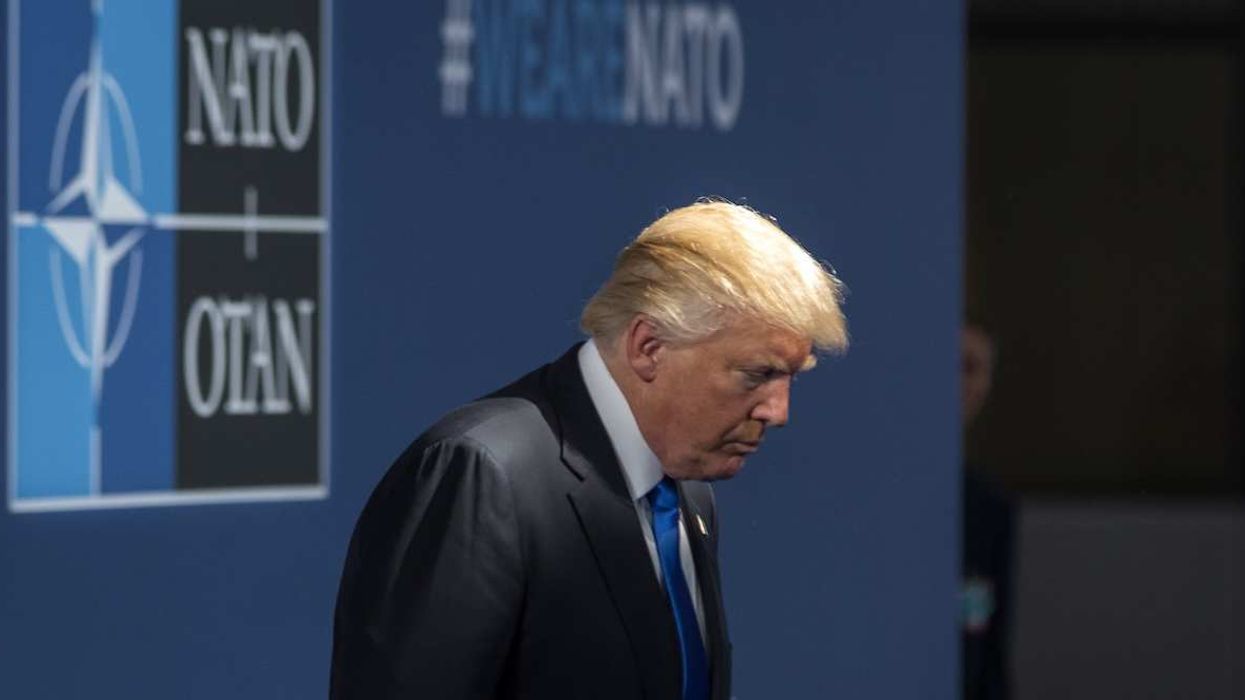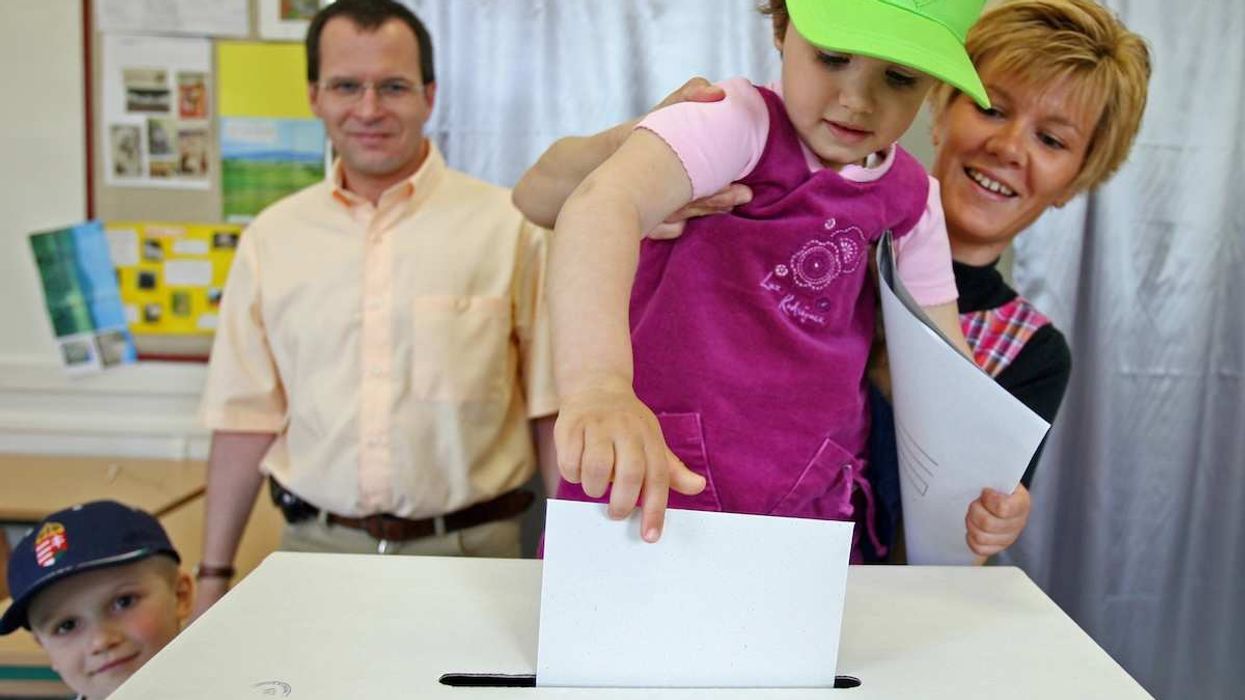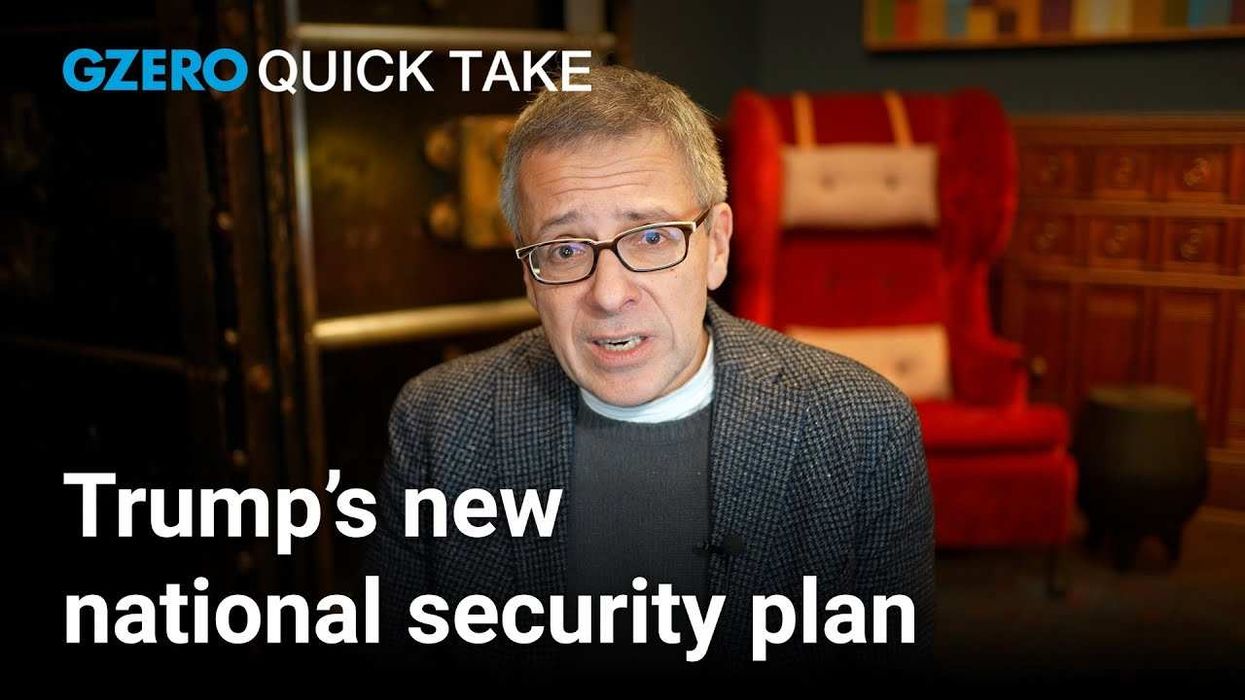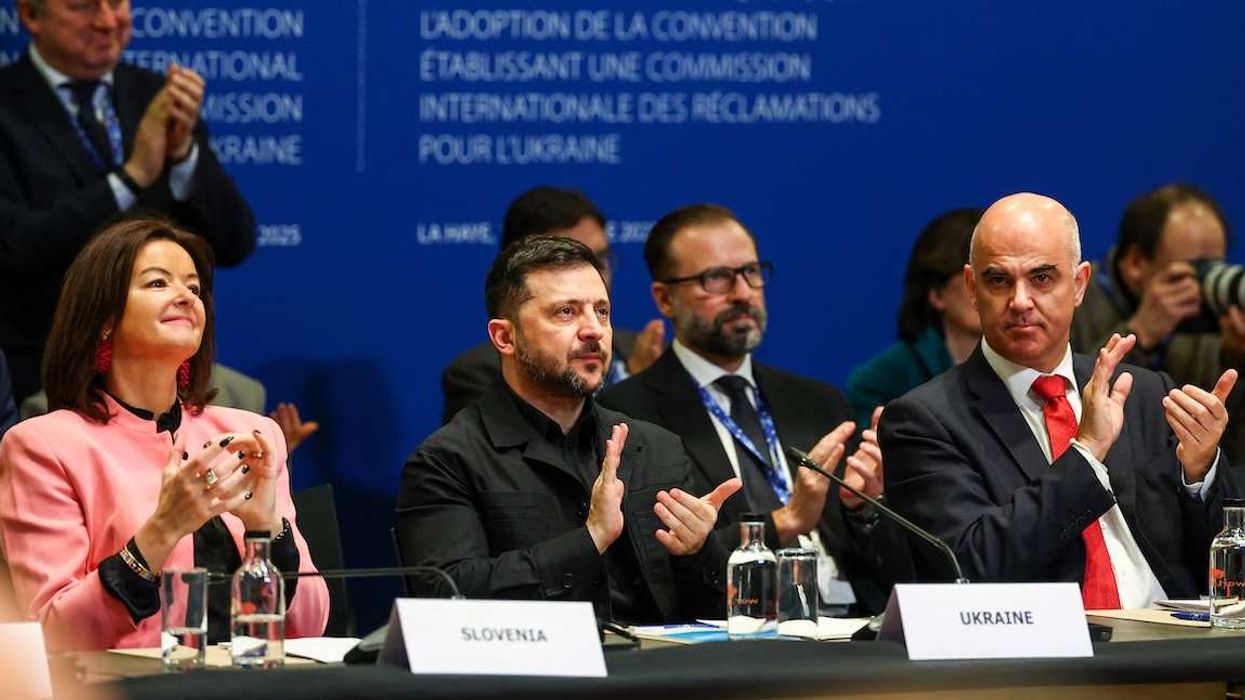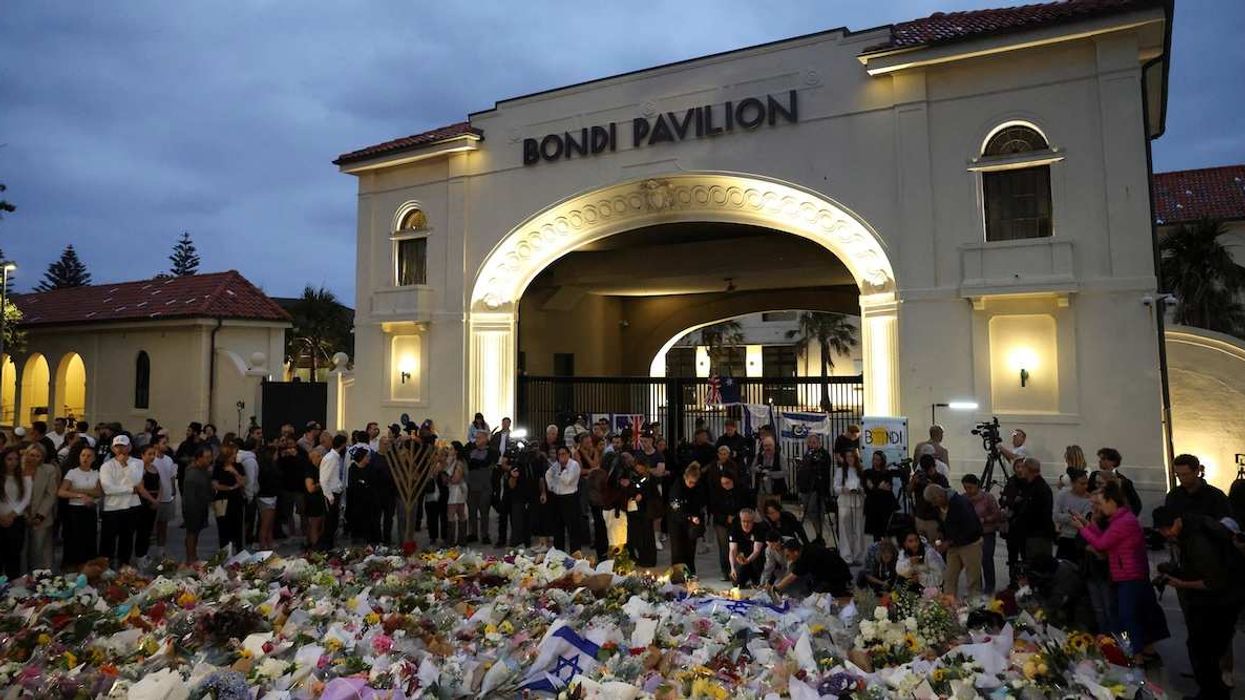In August, the brutal rape and murder of a female medical resident in a Kolkata hospital set off a series of protests by doctors and others who demanded a full investigation of the crime and stepped-up police protection in government-run hospitals.
The protests have expanded to denounce corruption, poor working conditions, administrative mismanagement, and many other problems plaguing India’s hospitals. More specific demands include the implementation of a bed vacancy monitoring system to improve care, more security surveillance cameras inside hospitals, rooms on-site where doctors can rest between shifts, a better system for filling vacant doctor and nurse positions, more women in the workplace, and more hospital bathrooms, particularly for women.
With little progress in the investigation of the crime, more than two dozen doctors launched a hunger strike on Oct. 5. Six of them, who have had water but no food, have now been hospitalized, and at least two have been downgraded to critical condition.
The protests have grown larger in recent days as they coincide with the annual harvest festival of Durga Puja, which celebrates the Hindu goddess Durga as a symbol of women’s strength.




